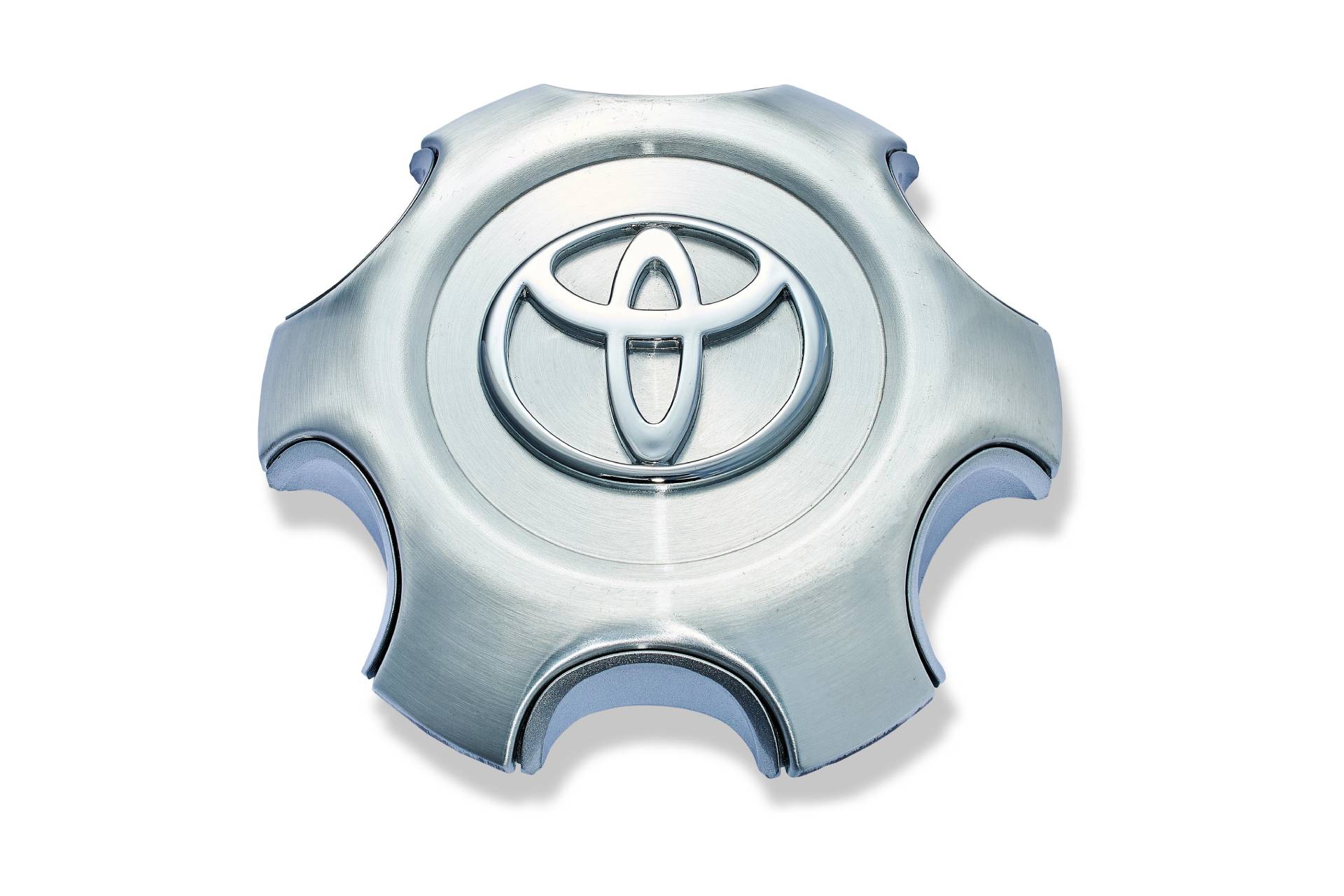5 Things You Might Not Know About the Durability of Rubber Keypads
A Comprehensive Overview to the Manufacturing and Handling of Rubber Keypads for Ideal Performance
The production and handling of rubber keypads play a crucial role in their performance and functionality. Product choice, design precision, and innovative manufacturing strategies significantly affect their durability and efficiency. Understanding these components is crucial for producing top notch products. As numerous innovations arise in this field, discovering their ramifications could reveal new standards for performance and customer experience. What crucial aspects will form the future of rubber keypads?
Understanding Rubber Keypads: Materials and Types
Rubber keypads are essential elements in numerous devices, supplying a balance of sturdiness and responsive comments. These keypads are largely made from silicone or synthetic rubber, materials chosen for their flexibility and strength. Silicone rubber, specifically, is favored for its superb temperature level resistance and long life, making it optimal for different applications, from customer electronic devices to commercial machinery.
There are numerous sorts of rubber keypads, consisting of dome button keypads, which use a dome-shaped mechanism that supplies tactile feedback when pushed. In addition, there are likewise flat keypads, which include a smooth surface and are typically made use of in push-button controls and medical gadgets. The option of product and kind affects the keypad's performance, really feel, and total individual experience. Understanding these elements is essential for producers and designers aiming to create reliable and effective interfaces in their products.
The Production Refine: From Style to Manufacturing
The manufacturing procedure of rubber keypads entails several vital phases, beginning with style and finishing with production. Designers create detailed specifications and models, guaranteeing the keypad satisfies aesthetic and practical demands. Computer-aided layout (CAD) software application is often made use of to imagine the design and attributes before proceeding.
Once the style is finalized, product selection is important, with choices usually including silicone or all-natural rubber. In the next phase, mold and mildews are created based upon the accepted layouts, which will form the keypads during manufacturing.
Adhering to mold and mildew creation, the manufacturing phase starts, where rubber is combined with ingredients to enhance efficiency. The mix is after that poured into mold and mildews and subjected to warmth and stress, enabling it to solidify and heal.
The ended up keypads go through quality checks to validate they satisfy recognized requirements, followed by packaging for circulation. This all-encompassing procedure warranties peak efficiency in the end product.
Secret Strategies in Rubber Molding
In the domain of rubber keypads, numerous molding strategies play a pivotal function in establishing the high quality and performance of the end product. One widespread approach is compression molding, where raw rubber is positioned in a heated mold and pressure is applied, enabling reliable automation and harmony. Another significant technique is shot molding, which involves injecting heated rubber into a mold, providing greater precision and complicated shapes. Transfer molding, a hybrid of both techniques, is additionally used, particularly for elaborate styles, as it incorporates the benefits of both procedures. Additionally, fluid silicone rubber (LSR) molding is obtaining traction because of its flexibility and resilience, making it optimal for high-performance applications. Each strategy has unique attributes, affecting aspects such as cycle time, product waste, and manufacturing prices. Selecting the proper molding strategy is important for achieving peak efficiency in rubber keypads.
Surface Area Finishing and Texturing Options
Surface area ending up and texturing choices play a crucial function in improving the responsive experience and aesthetic charm of rubber keypads. Manufacturers employ various strategies to develop unique surface qualities that affect individual communication and product design. Typical ending up techniques consist of matte, glossy, and satin finishes, each providing different visual effects and grasp degrees. Texturing choices, such as raised patterns, grooves, or stippling, better enhance capability by boosting traction and lowering slippage during usage.
Additionally, details appearances can be customized to satisfy ergonomic needs, offering comfort throughout prolonged use. The selection of surface area coatings and structures can be affected by the intended application of the keypad, whether it be for consumer electronic devices, vehicle controls, or industrial tools. Ultimately, cautious factor to consider of these choices adds considerably to user complete satisfaction and total item performance, making them crucial components in the style and production procedure of rubber keypads.
Quality Assurance Procedures in Rubber Keypad Production
Quality control actions in rubber keypad production are essential for ensuring item reliability and performance. These measures encompass material choice standards, strenuous screening treatments, and rigid final evaluation requirements. Together, they form a thorough framework that helps makers copyright quality throughout the production process.

Material Choice Standards
Selecting the proper products for rubber keypads is necessary, as it straight affects their sturdiness, individual, and capability experience. Trick requirements for product option consist of tensile toughness, durability, and ecological resistance. The option of rubber compound, such as silicone or click this link polycarbonate elastomer (TPE), plays an important function in attaining desired tactile feedback and durability. Additionally, aspects like chemical compatibility, temperature security, and UV resistance have to be thought about to assure optimal performance in different applications. Manufacturers must also review the ease of handling and cost-effectiveness of products, balancing top quality with budget restrictions. Inevitably, the right material choice not just boosts the keypad's performance but likewise contributes to total item high quality and customer complete satisfaction.
Evaluating Treatments Carried Out
After identifying the ideal materials for rubber keypads, extensive screening procedures are applied to verify that the final items meet market requirements and client assumptions. These treatments usually consist of mechanical screening, which assesses the toughness and elasticity of the rubber under various problems. Furthermore, environmental screening examines the keypads' efficiency under temperature level fluctuations, humidity, and direct exposure to chemicals. Electric testing verifies the keypads function correctly with digital components, validating responsiveness and conductivity. Responsive comments is examined to guarantee user satisfaction. These considerable screening actions are essential in recognizing any type of flaws or incongruities prior to mass production, inevitably enhancing the reliability and efficiency of rubber keypads in their intended applications.

Last Examination Requirements
Detailed last evaluation standards are crucial in rubber keypad manufacturing to assure that each device satisfies the defined standards for capability and look. This process typically entails visual evaluations to recognize any surface area flaws, such as discoloration or imperfections. Furthermore, responsive assessments ascertain that the keypads respond precisely to touch, keeping the required degree of level of sensitivity. Sturdiness tests might additionally be conducted, mimicing extended usage to confirm the durability of the keypad under numerous conditions. In addition, adherence to industry guidelines and customer specs is confirmed to keep quality control. By applying these extensive assessment steps, producers can substantially lower the threat of problems, making sure that the final item is reliable and fulfills customer expectations, inevitably enhancing customer contentment.
Innovations in Rubber Keypad Technology
As innovation remains to progress, technologies in rubber keypad technology are improving customer interfaces across various industries. One substantial innovation is the integration of capacitive touch sensors within rubber keypads, allowing for a more receptive and functional customer experience. This innovation enables customers to communicate with devices via touch, boosting performance without sacrificing the responsive comments that rubber keypads are recognized for.
Furthermore, improvements in product formulations have actually resulted in the growth of even more long lasting, weather-resistant rubber, Bonuses making keypads ideal for industrial and outdoor use. Enhanced printing techniques also permit high-resolution graphics and backlighting choices, raising exposure and visual appeal.

Moreover, improvements in manufacturing processes, such as 3D printing, are allowing personalized designs and fast prototyping, enhancing production timelines. These developments jointly add to a lot more reliable and user-friendly rubber keypads, guaranteeing they fulfill the demands of contemporary applications while preserving their core benefits.
Ideal Practices for Design and Functionality
Designing effective rubber keypads needs mindful assessment of both appearances and capability. Rubber Keypads. A well-designed keypad must balance ergonomic concepts with visual allure to boost user experience. Key elements include size, shape, and spacing of switches, guaranteeing they are very easy to press while avoiding unintentional activation. Utilizing contrasting structures and shades can enhance exposure and tactile responses, aiding users in comparing keys
Furthermore, the option of materials plays an important function; high-quality rubber substances can boost resilience and resistance to use. It is likewise crucial to take into consideration the combination of features such as backlighting and customized graphics, which can enhance functionality in various environments.
Ultimately, prototyping and individual testing are important in the style procedure, permitting adjustments based upon real-world feedback. check these guys out By sticking to these best techniques, manufacturers can create rubber keypads that not only look appealing but additionally fulfill the practical needs of individuals properly.
Frequently Asked Questions
Just how Do I Select the Right Rubber Product for My Keypad?
To pick the right rubber material for a keypad, one must take into consideration factors such as toughness, environmental resistance, responsive feedback, and compatibility with the desired application, ensuring suitable performance and customer complete satisfaction in numerous conditions.
What Are the Ecological Influences of Rubber Keypad Manufacturing?
Rubber keypad production can bring about ecological effects such as deforestation for all-natural rubber sources, pollution from chemical procedures, and waste generation. Sustainable practices and products can mitigate a few of these adverse results on ecosystems.
Can Rubber Keypads Be Recycled or Recycled?
Rubber keypads can be recycled, yet the process depends on the particular products utilized in their production. Recycling them in different applications is likewise possible, contributing to throw away decrease and advertising sustainability in making techniques.
What Is the Ordinary Lifespan of a Rubber Keypad?
The ordinary lifespan of a rubber keypad commonly ranges from 5 to 10 years, relying on use, ecological elements, and upkeep. Regular care can expand its performance, while too much wear may shorten its durability.
Exist Any Type Of Health Worries Connected To Rubber Keypad Materials?
There are prospective health issues connected to rubber keypad materials, consisting of allergies to particular chemicals and toxic irritants made use of in manufacturing. Appropriate handling and recognition of product structure can alleviate these dangers for individuals.
There are numerous kinds of rubber keypads, consisting of dome switch keypads, which make use of a dome-shaped system that offers tactile responses when pushed. Selecting the ideal products for rubber keypads is important, as it directly affects their resilience, user, and performance experience - Rubber Keypads. After figuring out the suitable materials for rubber keypads, extensive screening treatments are applied to verify that the last items fulfill market standards and client assumptions. Rubber keypad production can lead to ecological influences such as logging for all-natural rubber sources, contamination from chemical processes, and waste generation. Rubber keypads can be recycled, yet the process depends on the specific materials made use of in their manufacturing